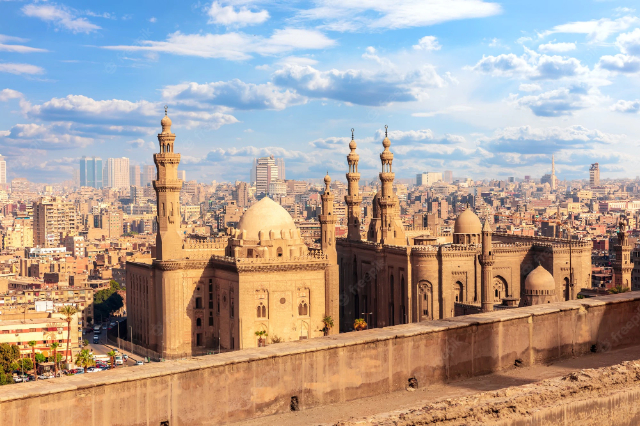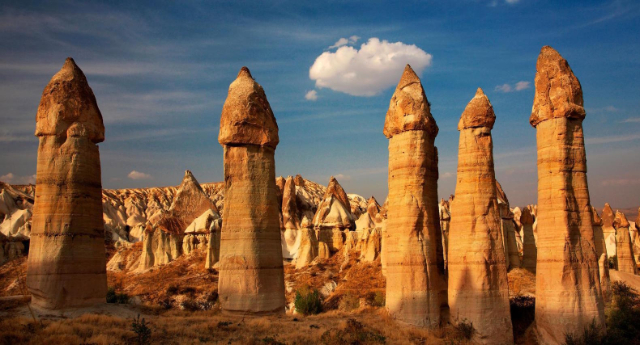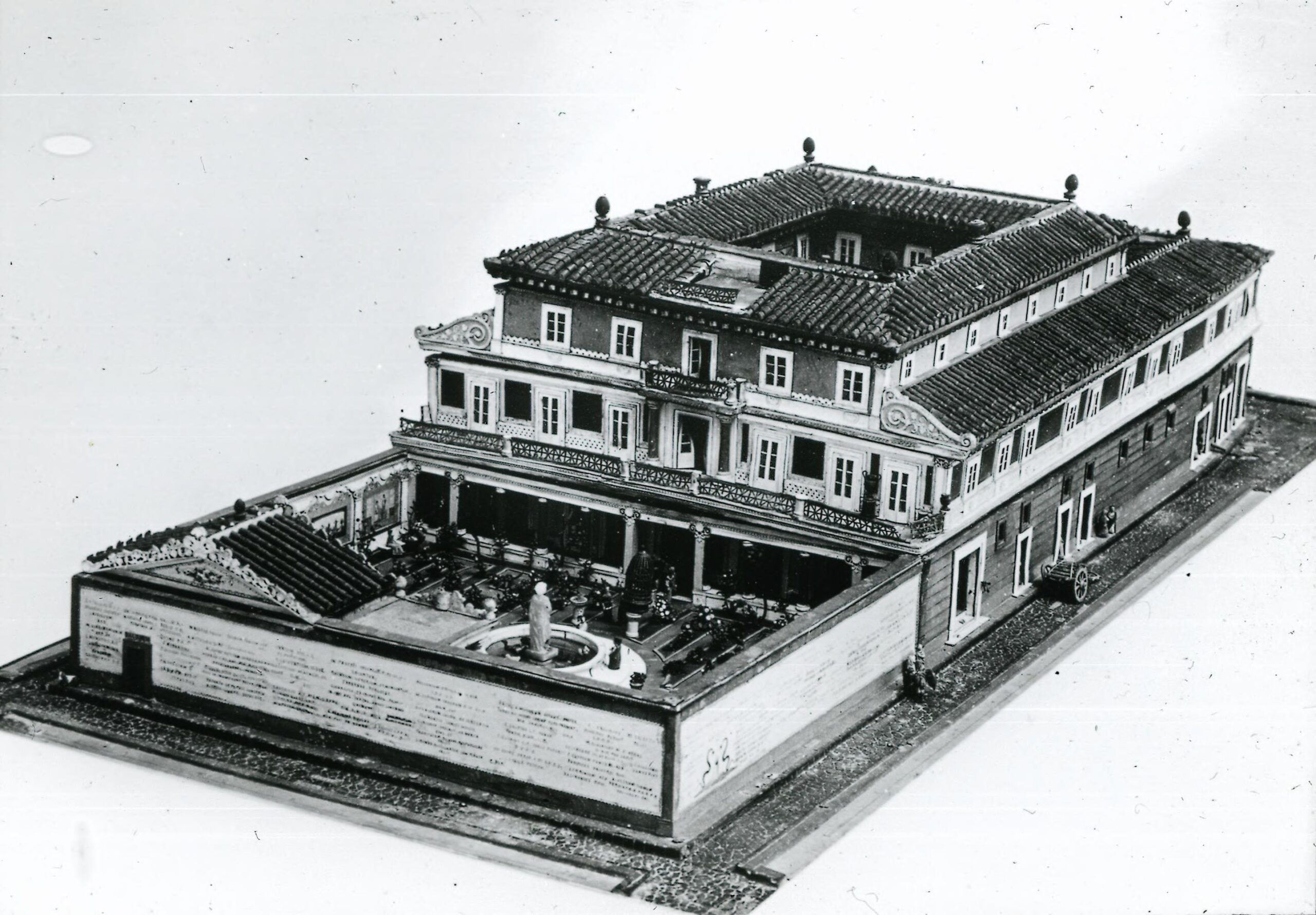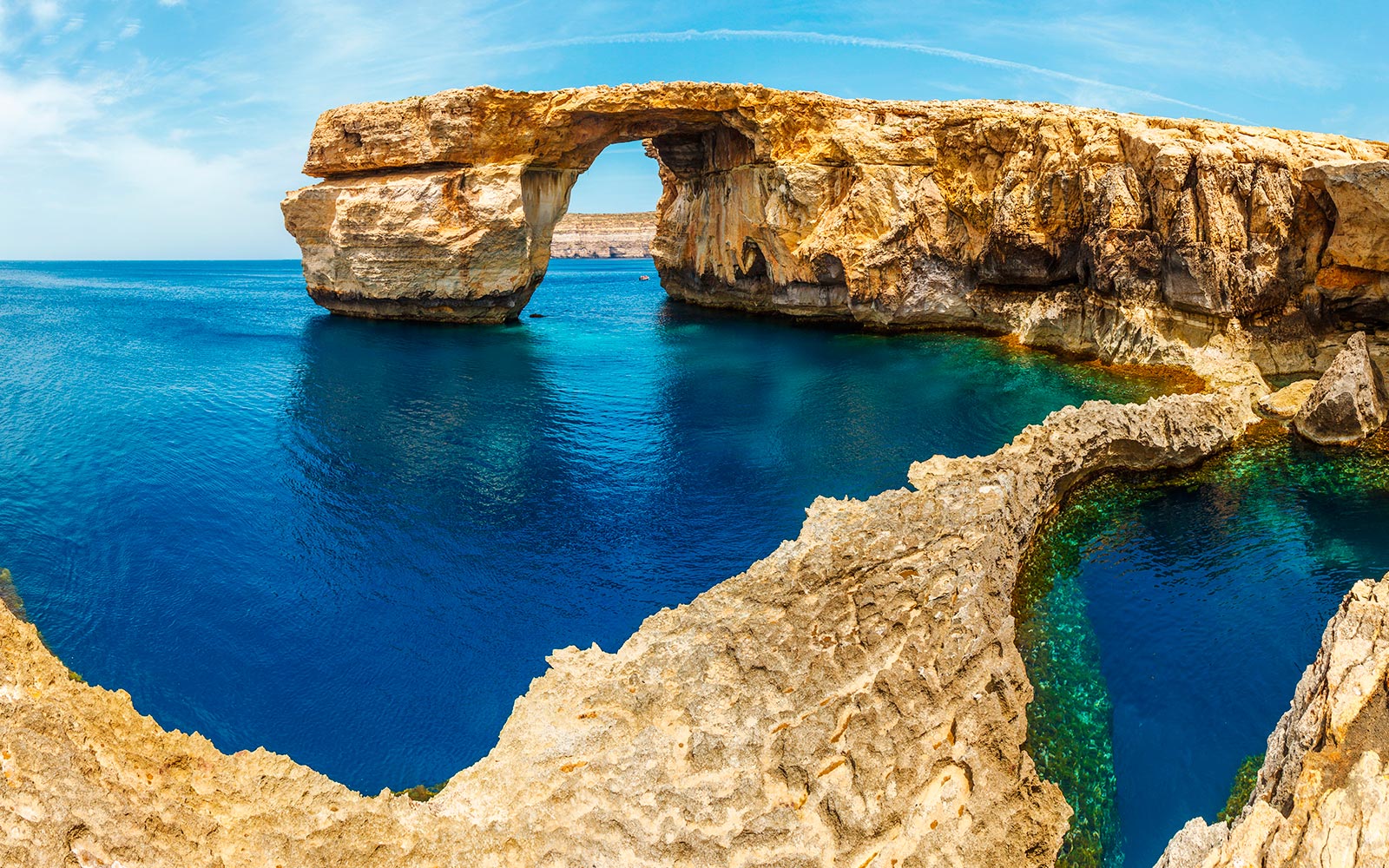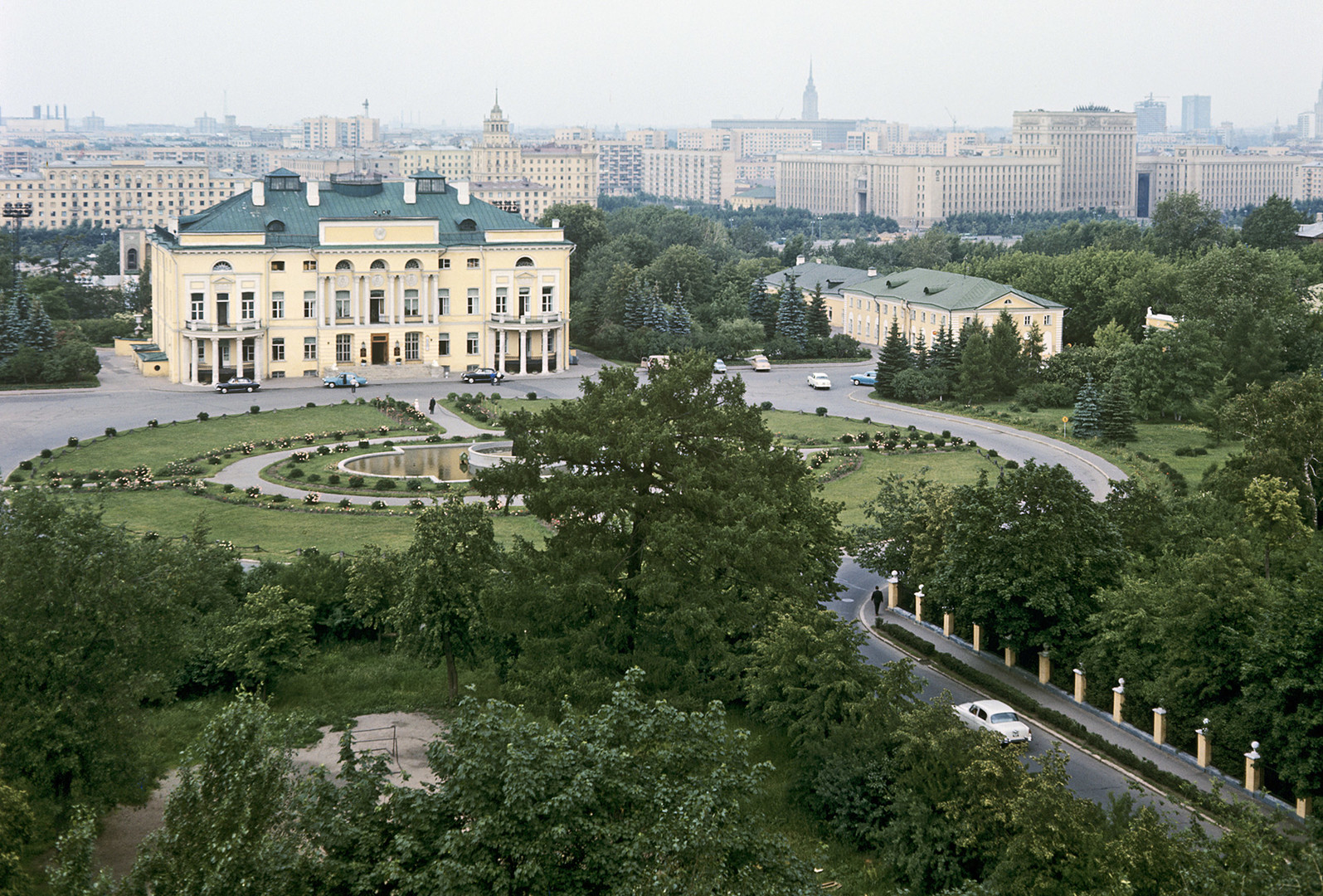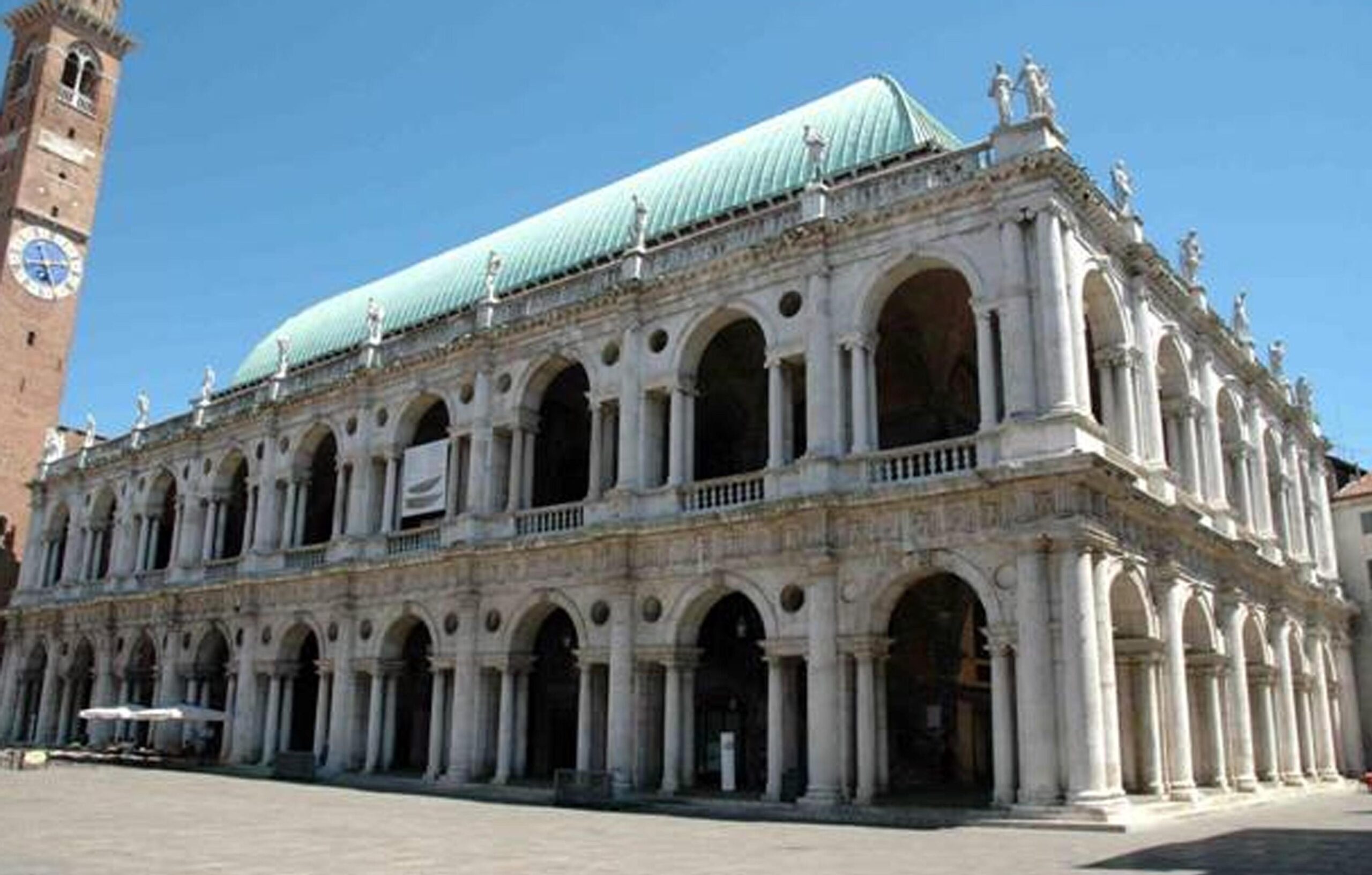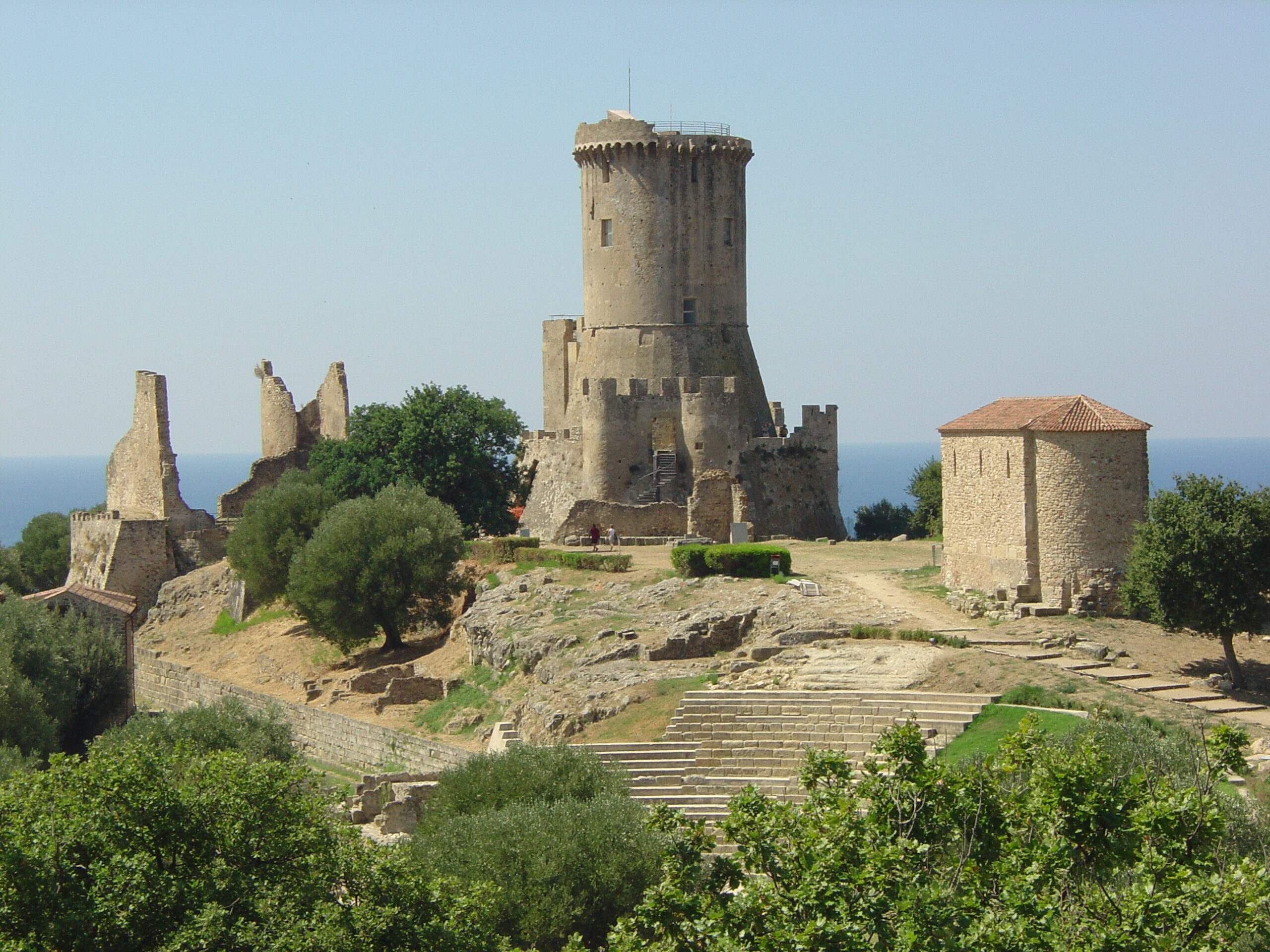Mokattam Hills, in the area known as Islamic Cairo, stands the Citadel of Saladin, one of the most important medieval fortifications in the world. This impressive military construction of high walls, huge towers, and numerous gates, is one of the best things to see and do in the city.
Home to Egypt’s rulers for almost 700 years, the Citadel (Al-Qalaa) is today one of the most popular tourist sites in Cairo, Saladin’s Citadel is one of Cairo’s landmarks. It is indeed from this immense and imposing fortress that Saladin, the founder of the Ayyubid dynasty, reigned over all Egypt. Built by Saladin between 1176 and 1183, it subsequently underwent numerous modifications to the sandstone of its various occupants. Saladin’s nephew had towers added to protect his residence. After defeating the Ayyubid dynasty, the Mamluks settled in the citadel, where they built the Mosque of Muhammad An-Nasir and the Qasr el-Ablaq Palace. On their arrival in the 16th century, the Ottomans erected the Al-Muqattam Tower. But the most important modifications were carried out by Mohamed Ali Pasha in the 19th century when he had the surrounding walls and several interior houses rebuilt. Between 1830 to 1848, he drew inspiration from traditional Ottoman architecture to build one of Cairo’s most emblematic monuments, the Muhammad Ali Mosque. Today, several buildings have been transformed into museums such as the Military Museum of Egypt and the National Police Museum.
Salah El-Din Al-Ayyubi, known in the West as Saladin, was the first ruler of the Ayyubid dynasty and Sultan of Egypt between 1171 and 1193. He abolished Fatimid power and reinstated Sunnism as the official religion when he came to power.
Saladin built this fortress, declared a World Heritage Site, as a royal residence and to protect the city from Crusader attacks. It was so effective that until the 19th century it was used as the seat of the Egyptian government.
The first thing that was built was an imposing wall that surrounded both Cairo and Fustat, a nearby city that was the capital of Egypt for 500 years and today is part of Historic Cairo.
To build this wall and its towers, Saladin used the most modern construction techniques of the time. In addition, he devised an 85-meter deep well, called the Yusuf Well, which was dug out of the rock, and a system of aqueducts that carried water throughout the city.
